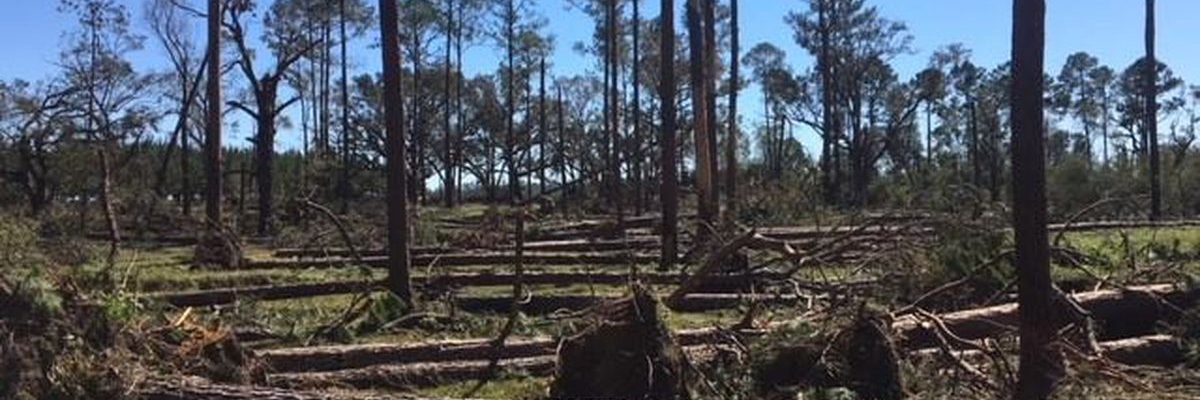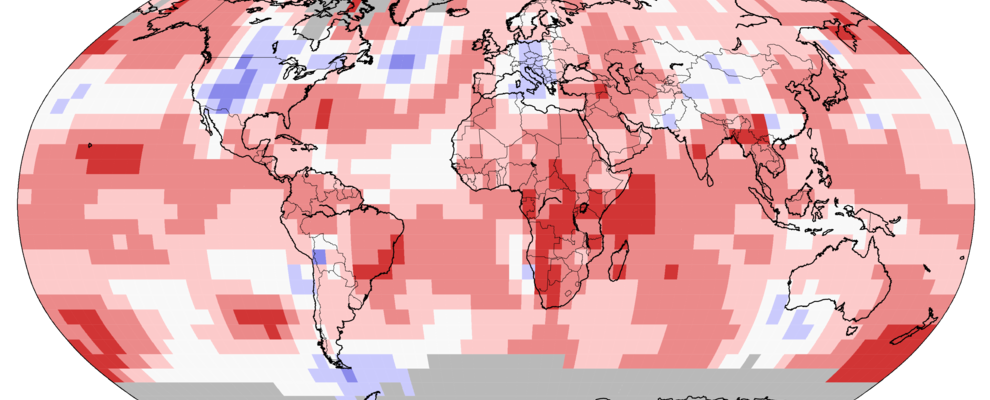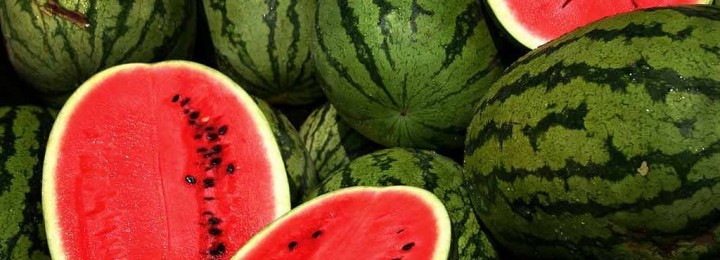Pam Knox
-

Today is the official summer solstice, when the sun is the farthest north in the sky at noon on this date. For some people, it is also the start of the summer season. But for climatologists like me, it’s the 21st day of summer, which starts on June 1. So happy solstice and hope the…
Posted in: Climate and Ag in the news -

For those of you who have been reading about the recent melting in Greenland, here is a very informative discussion by UGA’s resident expert, geography professor Dr. Tom Mote. He does field work in Greenland most summers and knows a lot about the dynamics of ice sheets there. You can read it at The Hill…
-

The latest Drought Monitor, released this morning, shows that the rain received in parts of the Southeast this past week has resulted in a decrease in drought and dry conditions in South Carolina and Georgia. However, areas that were missed by the rain continue in drought. An area of severe (D2) drought was added to…
Posted in: Drought -

Fox News reported that most of the 3 million acres of forestland that was destroyed by Hurricane Michael in 2018 is literally rotting away on the ground. Only about 13 percent of it has been recovered so far. Many timber producers are seeing their life savings lost because it is not possible to salvage all…
-

NOAA’s latest discussion on the status of El Niño is now available at their El Niño blog at https://www.climate.gov/news-features/blogs/enso/june-2019-enso-blog-update-concentrate-and-ask-again. You can read it to get more information on what is affecting the current status and where we expect it to go from here.
-

The latest global climate summary for May was released by NOAA earlier this week. It shows that May 2019 was the 4th warmest May since global records started in 1880. The spring March through May period was the second warmest in the record after 2016. The year to date was the 3rd warmest. Note that…
-

Growing Georgia posted a story this week noting that the official season for Georgia watermelons has begun. Unlike the past two years, the weather this year has been cooperative for producers and a great crop is expected. You can read more here.